Farming conditions in Poland in early April
Polish farmers have a lot to worry about. Apart from unstable economic situation caused by coronavirus epidemics, also the weather conditions are not favourable for farming practices.
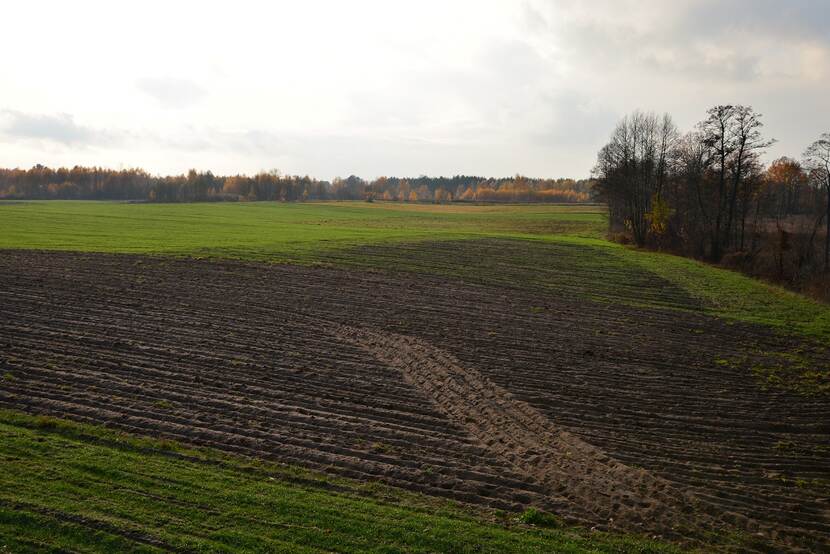
On 1 April 2020 frost was noted on the Polish territory, as the below map indicates.
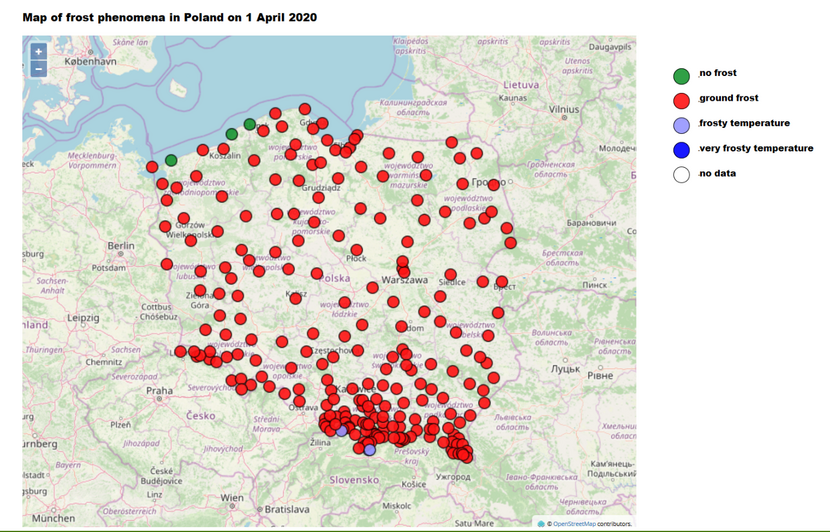
It was another wave of frosts – fortunately not as threatening as the frosts of the mid and third decade of March. It is particularly threatening the soft fruit production sector, as the first leaves already appeared in the plants. And now Poland is flooded with a warm front. Farmers, however, are not so much waiting for warming, but for precipitation!
This is another year in a row, as in the central Poland belt there was no snow cover. Slowly melting snow is necessary to supply soil, rivers and groundwater with water. Unfortunately, it cannot be replaced by heavy rains, as seen in previous years in early spring months. The most illustrative situation will be from May last year, when after a two-day downpour there were flooding in Malopolska and Podkarpacie (south of Poland). A high flood wave passed through the whole country, reaching 6 meters on the Vistula River in Warsaw. Only a few weeks later, there was a lowland on the whole of Vistula. In July last year, 34 cm was recorded in the center of the capital, which is eighteen times less in two months.
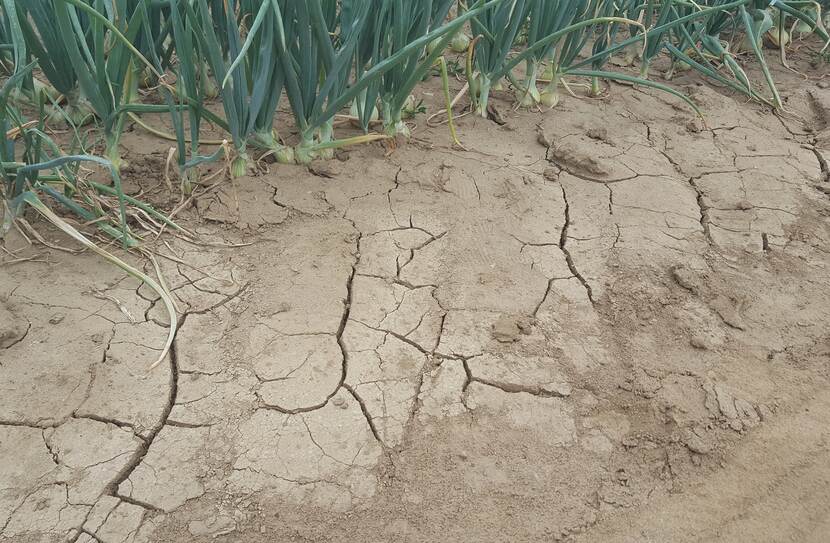
Presently, at the beginning of spring the level of the Vistula river in Warsaw is 110 cm (27/03/2020) and falls down every day. Long-term forecasts do not predict rainfall. We are entering a period of higher air temperatures. Thus, evaporation, or soil drying, will increase. There is little snow in the mountains and you cannot count on supplying the Odra and Vistula tributaries with meltwater. This is the basic reason for lower levels in rivers than last year, when southern Poland was not lacking in snow.
Low water levels in rivers are not the only symptom of early drought. It also shows the growing fire risk in forests. Already in April 2019, due to concerns about the danger of fire, a ban on access to forests was announced. Let's look at the forest fire situation today.
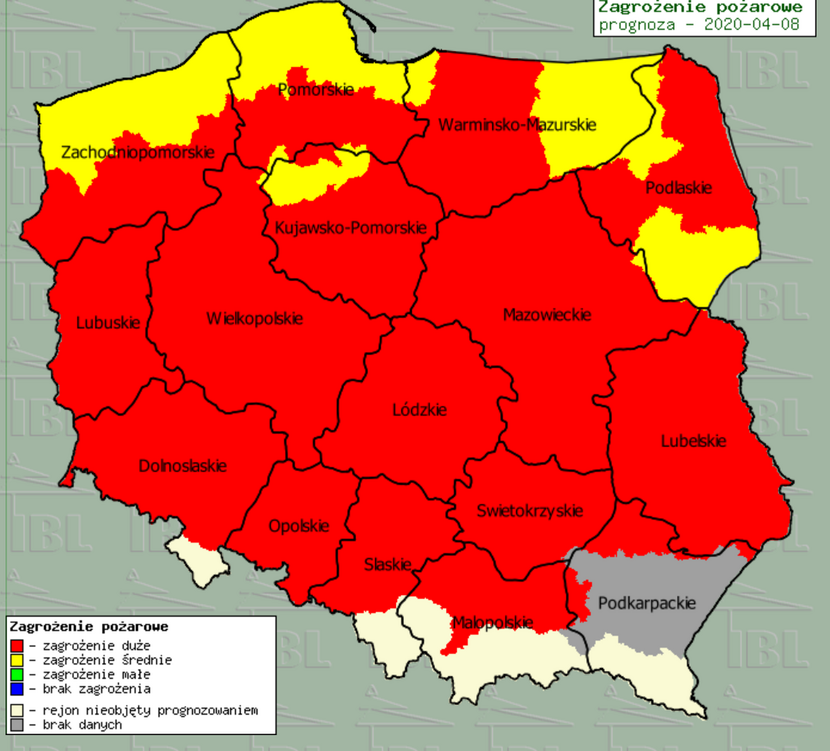
The above summary of data shows that drought phenomena are forecasted at the beginning of spring 2020. Central and central-eastern Poland are particularly exposed to the effects of drought.
Only a slight rain falling continuously for several dozen days could improve these forecasts. However, such precipitation is not currently forecast by IMGW and is unlikely at this time of year. The effects of drought can only be limited by comprehensive water management that responds to the needs of the economy and the environment.
In the current situation in the fields, it is good practice to roll crops. A dry and loose topsoil does not pose a risk of crusting, and its slight compaction will improve water absorption and reduce evaporation, especially since strong sunlight is accompanied by strong winds, which is a comfortable condition for moisture loss from the soil. This, as indicated by IMGW maps, is not too much in reserve (see map soil moisture at 0-7 cm).
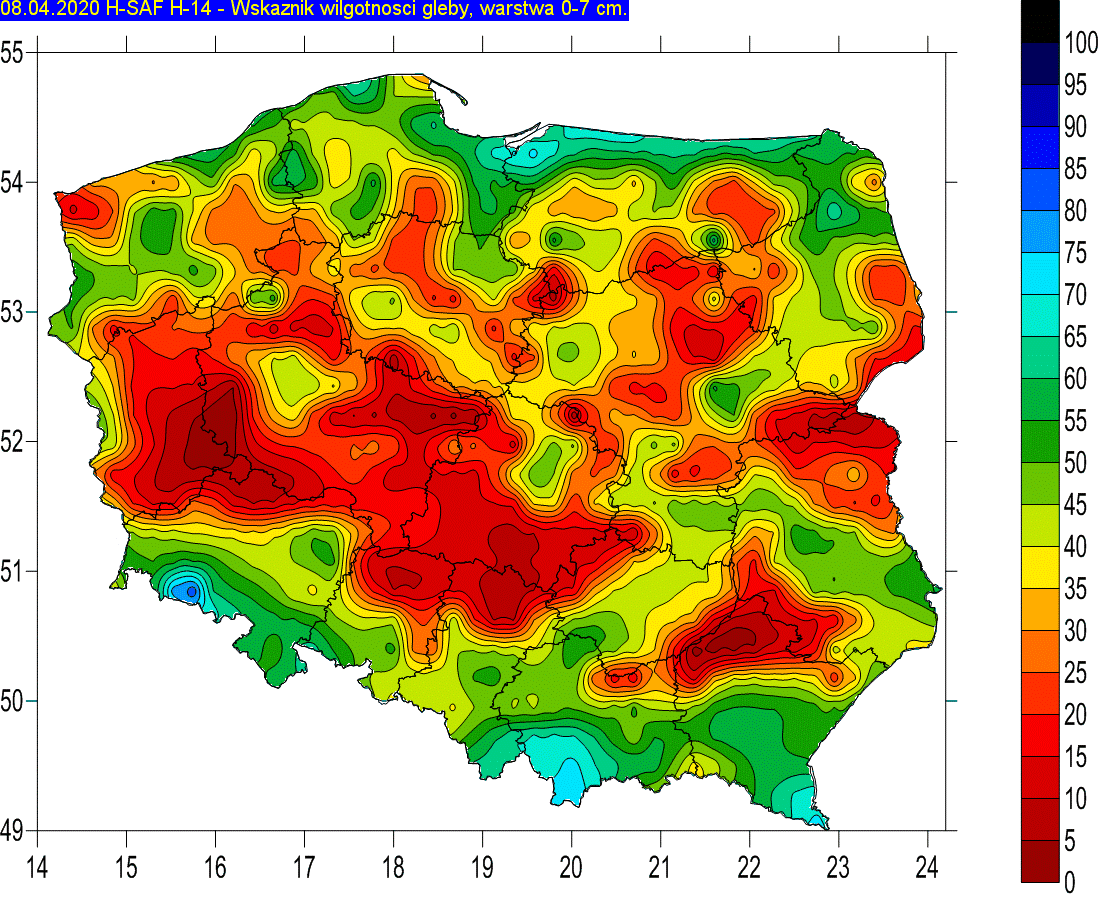
Is extreme drought coming?
Bearing in mind the rainfall deficit in the previous growing seasons (2015, 2016, 2018, 2019), no snow cover, light rainfall - except February - in the first months of this year, which are something normal in long-term summaries, low rivers and lakes it can be predicted that we will face another difficult growing season in terms of water availability for plants.
In the long run, however, it cannot be assumed that this will happen for sure. Nature decides everything - the amount and distribution of precipitation. The farmer's role is to ensure that its storage and retention in soil are as good as possible. A larger amount of organic matter mixed with the soil, the use of simplified cultivation, mulch sowing methods or strip-till technology will help in running.
In the long term, retention tanks should be built on farms to collect rainwater and water drained from fields in early spring by drainage ditches. With the current low rainfall and soil water levels these channels will not lead it back to the fields. Gravity only leads it in one direction, to change it, local tanks and irrigation equipment are needed. For areas with small water resources, the solution is, for example, drip irrigation.
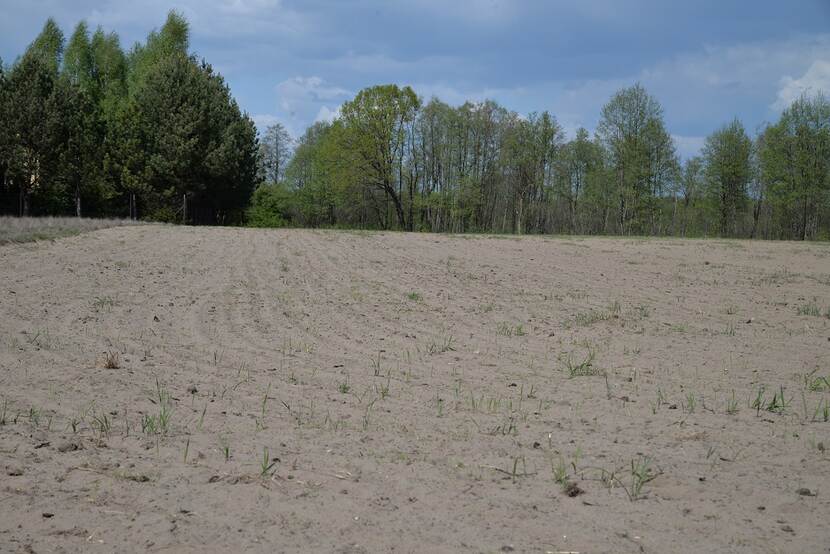
In order to improve the draught situation in agriculture, Polish government prepared a special assistance to farmers. Farmers who want to protect their crops against the effects of drought can apply to ARMA (Polish paying agency) for a subsidy for investments in farm irrigation. Farmers can finance from this program, among others construction of wells and tanks, purchase of machinery and equipment for the collection, storage, treatment, recovery or distribution of water, irrigation installations and irrigation control systems.
A farmer with a farm with an area of at least 1 ha and no more than 300 ha may apply for aid which is implemented under the measure "Modernization of agricultural holdings". The applicant should earn from animal or plant production.
Three categories of investments may be supported by ARiMR: improving existing irrigation installations, increasing the irrigation area and simultaneously improving existing installations and increasing the irrigation area.
Financial aid per beneficiary and one farm amounts to a maximum of 100.000,00 PLN, with 50% refunded costs incurred for the investment (60% for a young farmer). The minimum level of investment costs must be higher than 15.000,00 PLN.
Source: stopszuszy.pl, topagrar.pl, State Forests, ARMA, farmer.pl